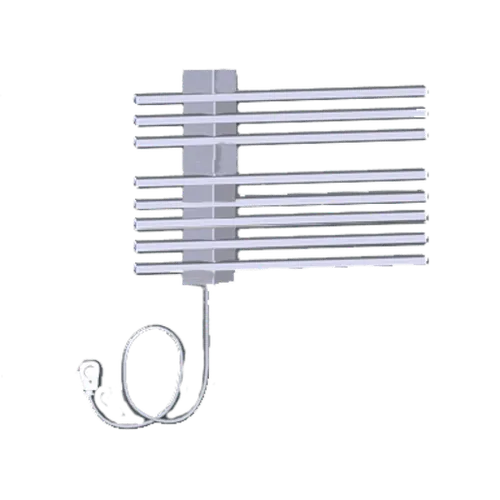Household Appliances
Household appliances play a crucial role in modern living, designed to simplify daily tasks and enhance the efficiency of home management. These products range from kitchen gadgets like blenders and microwaves to cleaning devices such as vacuum cleaners and dishwashers. They are intended for a wide audience, including busy families, individuals seeking convenience, and anyone looking to improve their home environment. Understanding the various types of household appliances and their functionalities can help consumers make informed decisions that best suit their needs.
When selecting household appliances, several key factors should be considered. First, the size and capacity of the appliance are essential, especially in smaller homes or apartments where space is limited. For instance, a compact dishwasher may be ideal for a small kitchen, while a larger model would be more suitable for a family. Additionally, energy efficiency is a significant parameter; appliances with high energy ratings can lead to substantial savings on utility bills over time. Look for features such as eco-modes or energy-saving settings that can further enhance efficiency.
Materials and build quality also play a vital role in the longevity and performance of household appliances. Stainless steel, for example, is a popular choice for kitchen appliances due to its durability and resistance to rust and stains. On the other hand, plastic appliances may be lighter and more affordable but can be less durable. It’s important to weigh the advantages and disadvantages of different materials based on your lifestyle and usage patterns.
Another consideration is the specific features that may enhance usability. For instance, smart appliances equipped with Wi-Fi connectivity can offer convenience through remote control and monitoring, allowing users to operate their devices from their smartphones. Features like programmable settings, self-cleaning options, and noise levels are also worth evaluating, as they can significantly impact the user experience.
While household appliances offer numerous advantages, they also come with potential drawbacks. For example, while a robotic vacuum cleaner can save time and effort, it may not be as effective on deep carpets compared to traditional models. Similarly, while a high-capacity washing machine can handle larger loads, it may consume more water and energy if not used efficiently. Understanding these trade-offs can help consumers choose the right appliance for their specific needs.
To maximize the benefits of household appliances, proper usage and maintenance are essential. Regular cleaning and servicing can extend the lifespan of appliances and ensure they operate at peak efficiency. For instance, descaling a coffee maker or cleaning the filters of a vacuum cleaner can prevent buildup that affects performance. Additionally, following the manufacturer’s guidelines for usage can help avoid common pitfalls that lead to malfunctions.
Combining household appliances can also enhance their effectiveness. For example, pairing a high-quality blender with a food processor can streamline meal preparation, allowing for quick transitions between chopping, blending, and cooking. Similarly, using a dishwasher in conjunction with a garbage disposal can simplify kitchen cleanup, making the process more efficient.
In conclusion, selecting the right household appliances involves careful consideration of various factors, including size, energy efficiency, materials, and features. By understanding the advantages and disadvantages of different options, consumers can make informed choices that align with their lifestyles. Proper maintenance and strategic combinations of appliances can further enhance their functionality, ensuring that they serve their intended purpose effectively. With the right approach, household appliances can significantly improve the quality of life, making everyday tasks easier and more enjoyable.
zobrazit celý text











